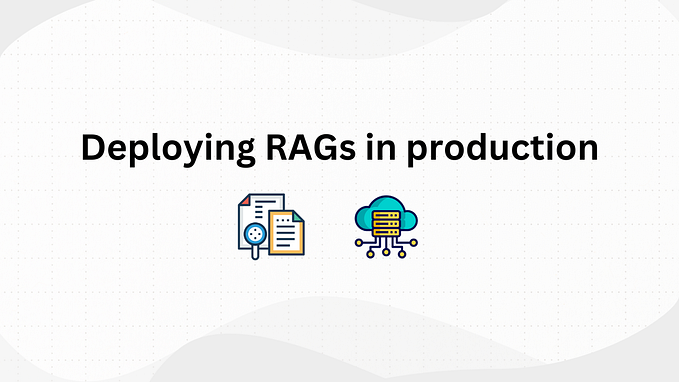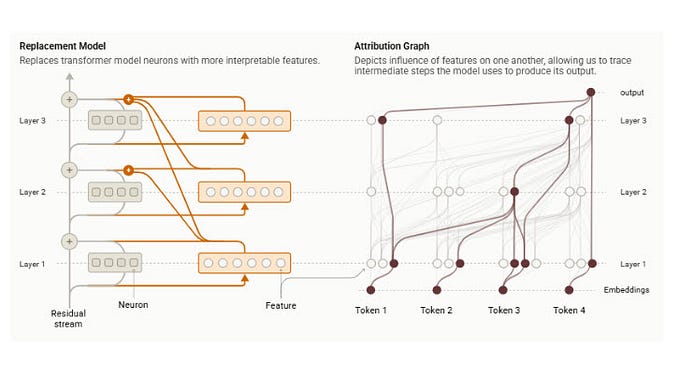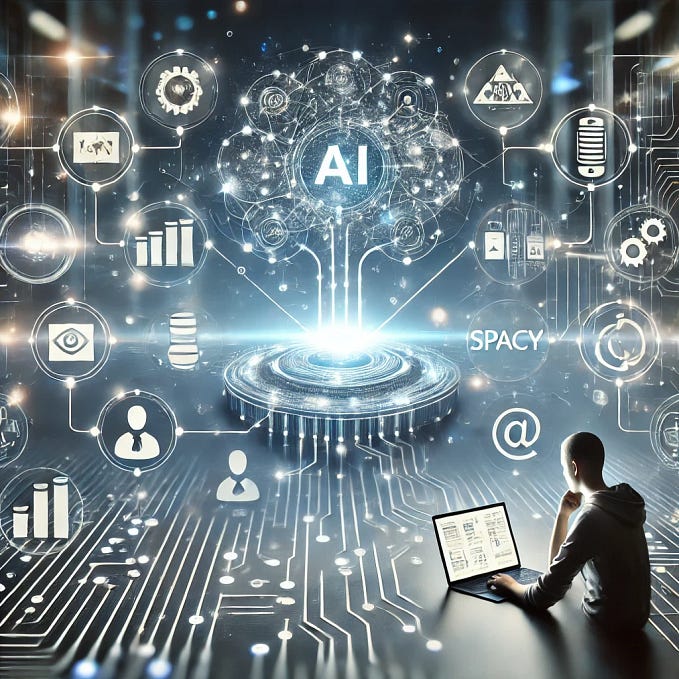Member-only story
Conversational Agents.
Mimicking Human Conversation.
A conversational agent is any dialogue system that conducts NLP (Natural Language Processing and responds automatically using human language.
Conversational agents represent the practical implementation of computational linguistics and are usually deployed as chatbots and virtual or AI assistants.
As conversational agents powered by LLMs become more human-like, users are starting to view them as companions rather than mere assistants.
Conversational agents are now blurring the lines between talking to a real person or a bot online.
So how do changes to a user’s mental model of an AI system affect their interaction with the system?
In a research participants interacted with the same conversational AI, but were influenced by different priming statements regarding the AI’s inner motives such as caring, manipulative or no motives.
This showed that those who perceived a caring motive for the AI also perceived it as more trustworthy, empathetic and better performing and that the effects of priming and initial mental models were stronger for a more sophisticated AI model.
Hybrid chatbots combine the capabilities of rule based and AI chatbots. They’re equipped to understand context from user input but can also generate responses based on predefined rules.
There’s a fine line between hybrid and AI chatbots.
AI chatbots serve best to address open ended questions that come from users and Hybrid chatbots address such questions and at the same time, they can be adjusted to fit your needs.
The programs used by conversational agents use technologies like NLU, semantic analysis, text generation, dialogue management and dialog state tracking.
Due to this, they’re able to understand what you say and respond somehow appropriately.
They do this by converting spoken words into machine code.
This process is called ASR (Automatic Speech Recognition).










